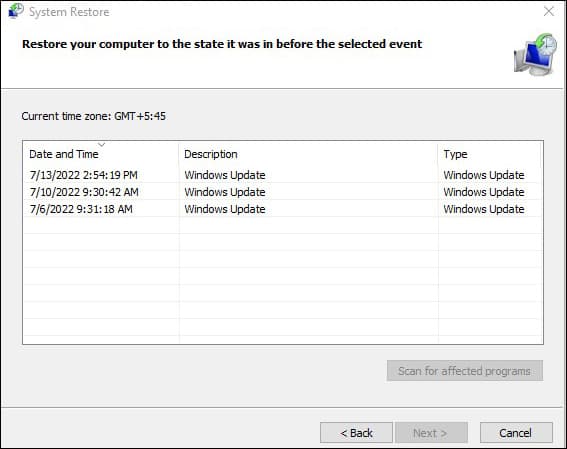
Indeed, i'm having the same issue when i ping my own router (192.168.1.1) and i don't have these "General failure" with my other computers.Īnd finaly when "General failure" appears my little internet icon on the right botom of the screen turn to red for a second and turn back to normal, like the wire was disconnected or my ethernet adapter was rebooting.įlush my DNS, i kinda knew it wouldn't work but what ever. I'm having "lags" when i'm playing so i started a "ping -t" and notice some "General failure" times to times but the ping stays stable which lead me to think that the problem doesn't come from my internet provider.

Carrier backbone network (area B): If an error occurs in this area, identify the carrier to which the faulty node belongs based on the node IP address and report the issue to the carrier.If the local ISP network malfunctions, report the issue to the local carrier.

#Ping transmit failure. general failure install
If MTR is not installed on your Linux ECS, run the following command to install it: MTR has been installed on all Linux distributions. If the message * * * request timed out is reported, troubleshoot the affected link and node.The last column shows the IP addresses of the nodes where the packets were redirected. The second, third, and fourth columns show the time the three packets take to arrive their destination. Tracert sends three packets each time.The first column shows the sequence number of each hop. The maximum number of hops is 30 by default.Open the cmd window and run the following command to trace the IP address:įor example, tracert The command output shows that:.Tracert offers similar functions as the ping command but it provides more detailed information, including the entire path the packets take, IP address of each pass-through node, and time when the packets arrive at each node.

Tracert shows the path through which packets reach the destination server and the time when the packets reach each node.


 0 kommentar(er)
0 kommentar(er)
